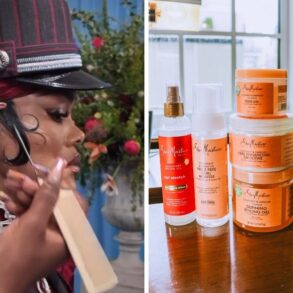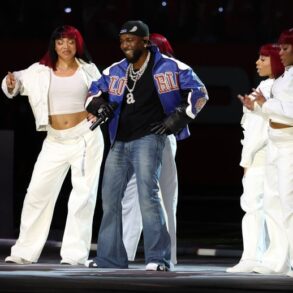Editor’s Note: This story is part of CNN Style’s ongoing project, The September Issues: A thought-provoking hub for conversations about fashion’s impact on people and the planet.
CNN
—
To become a “master” authenticator at Fashionphile — the highest level of training to weed out designer fakes at the luxe online marketplace — takes more than 8,000 hours of rigorous schooling, according to the company. Trainees learn to quickly spot an error in the date format inside a Louis Vuitton bag, for example, or know the correct metal alloy makeup of a Cartier watch.
Its competitor, The RealReal, also relies on human senses and instinct — recognizing the smell of a $25,000 Hermès Birkin bag, or the feel of its smooth Barenia leather — but the retailer’s first round of checks is undertaken through AI, with software trained on 30 million images to discern nearly imperceptible differences in the stitching or the placement of hardware. At the same time, an algorithm calculates an item’s risk based on everything from the consignor’s selling history to the popularity of a product on the black market. (If Miu Miu ballet flats are trending online, for example, their illegal counterparts are almost certainly, too.)
Over the past few years, luxury and tech leaders have hoped to turn the average consumer into an authenticator, with the ability to check in a matter of minutes — or even seconds — if a quilted Chanel wallet on chain is legitimate or not.
The AI-driven app Entrupy claims it can alert buyers and resellers if a designer sneaker or purse is suspicious through a handful of uploaded photos, while fashion tech company The Ordre Group has partnered with Louis Vuitton, Burberry and Patou, among others, to take an item’s unique “digital fingerprint,” such as a small section of a LV monogrammed wallet’s textiles and construction. (Think of it like facial recognition, picking up on near-imperceptible details to the human eye — 10,000 of those quilted Chanel wallets would have 10,000 unique IDs.) Called Authentique, the program registers each ID on the blockchain, which can’t be replicated and is considered both easily traceable and secure, versus methods like RFIDs (radio frequency identification tags and readers) and holograms, which have been falsified.
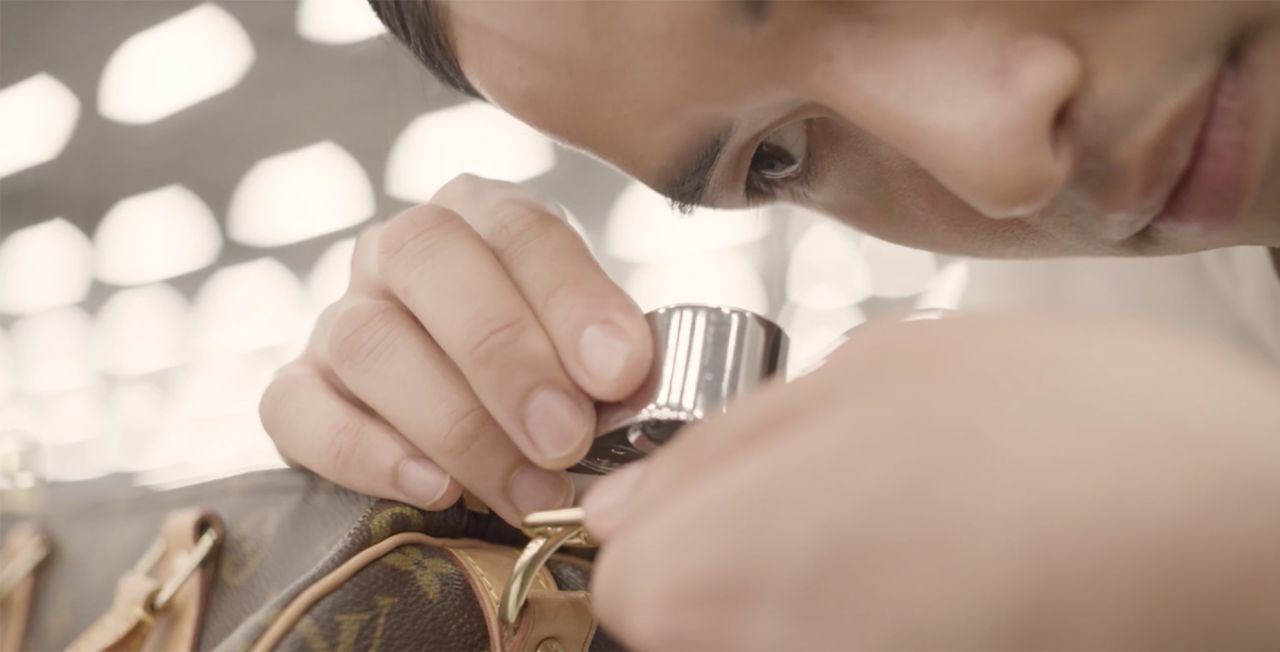
“It’s as easy as picking up the phone and pointing it at a product… and knowing whether it’s fake or real,” asserted Simon Lock, founder and CEO of The Ordre Group. The AI-based technology “microscopically analyzes” its materials, he explained, down to how fibers have been dyed and blended, and is being trained for accuracy even when a garment undergoes wear and tear over time.
Authentique is just one version of a so-called digital ID or passport: a digitized ‘twin’ (or NFT — non-fungible token) of a designer piece that allows buyers to verify it is genuine and track its life cycle. In Europe, some kind of digital passports for garments and textiles may soon become law; over the past couple of years, some of the industry’s biggest players have coalesced around this technology to aid in both anti-counterfeiting and sustainability initiatives. Founded by LVMH, OTB and Prada Group, which collectively rep labels including Louis Vuitton, Dior, Fendi, Bulgari, Marni, Maison Margiela and Prada, among others, the Aura Blockchain Consortium is the largest effort to standardize such scannable IDs across fashion and luxury, with founding members currently digitizing millions of products in their catalogs, according to the group. Aura claims that OTB alone has registered 600,000 products so far, with every Maison Margiela Tabi shoe from 2023 sporting an NFC chip within the sole.
‘It’s almost seen as a hack’
These tactics are all part of the industry’s hope to neutralize the booming counterfeit market, with some estimates asserting that fake fashion and luxury items account for 60% or more of the multi-trillion-dollar trade in fake goods. Where knock-off bags were once mainly available on street corners and car trunks, now they are also easily available in a few clicks online. On Reddit alone, communities dedicated to discussing and seeking out replicas boast hundreds of thousands of members, while TikTok users show off hauls of their seemingly identical designer dupes, and YouTubers upload tutorials on how to spot the differences between cheap and top-tier fakes. Counterfeiters have even hosted live runway shows of the latest fashion fakes, with the logos of Louis Vuitton, Dior and YSL printed above makeshift catwalks.
A spokesperson for Reddit declined to comment but pointed to their policies, which prohibit soliciting or facilitating illegal transactions on the forum; a spokesperson for TikTok similarly flagged that its guidelines do not allow for the sale of counterfeit goods, or for content infringing on copyrights or trademarks. YouTube did not return a request for comment by CNN.
“There was a time when nobody would ever admit to buying a counterfeit,” said Sarah Davis, founder and president of Fashionphile. But now, in some social media circles, “it’s not (seen) as a negative, it’s almost seen as a hack.”
Social media and e-commerce platforms are increasingly coming under legal scrutiny for what’s sold on their websites as new regulations have passed in the US and Europe, but Susan Scafidi, founder of Fashion Law Institute, says that’s only tackling one part of the problem as long as counterfeits are accepted — and, in some circles, are desired on their own merits.
“It’s one thing to be able to have laws that will enable you to fight actual infringing or counterfeiting activity,” she said in phone interview. “But what we haven’t (figured out) yet is the social piece — you need to fight via the courts of law, but also via the court of public opinion.”
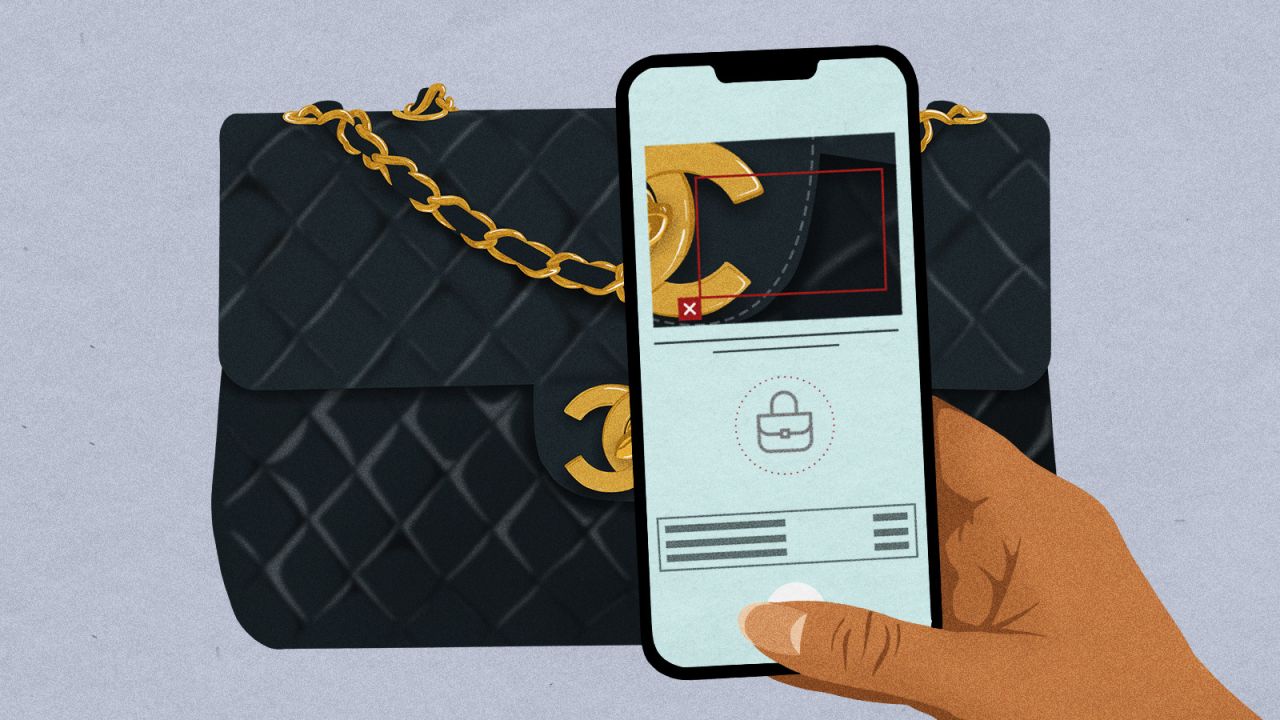



The ethics of purchasing knock-offs are thorny at best. There is no transparency into who is stitching fake bags, under what conditions they are doing so, and who profits, but other deterrents for doing so, such as respecting the “brand integrity” of some of the biggest conglomerates in the world, may be falling flat. Sympathy for brands “can be hard for consumers in general, particularly those who are deeply steeped in TikTok culture,” Scafidi said.
And the entry price point for designer goods keeps rising during a time of increasing economic polarity. According to Business of Fashion, the average price for a women’s designer handbag in the US spiked 27% from 2019 to 2022. Last year saw record-breaking profits for the luxury sector, with around 95% of brands seeing growth, according to an estimate by consulting firm Bain & Company.
“If the inflation index were based just on handbags, it would be shocking and the Fed would be raising rates like crazy, and we’d all be panicked,” Scafidi said with a laugh.
‘A need for human suspicion’
As counterfeit garments and accessories have evolved from cheap knockoffs to tricky so-called “superfakes,” and luxury labels churn out more and more styles each season, authentication methods have become increasingly complex.
When Fashionphile was founded in 1999 with a focus on handbags, labels only had a few variations on different styles, Davis recalled, making it easier to train authenticators. Now, “every season is full (of) an incredible volume of styles and shapes and textiles,” she said.
After new products drop, so follow the fakes just weeks later, according to Hunter Thompson, director of authentication at The RealReal. “It’s not like it trails behind like it did in years past.”
Trends, both new and recycled, play out in real time, too. “Right now, vintage is on trend, and we actually see new replicas of vintage items — items that were made in the ’80s or ’90s,” Thompson said. Quiet luxury, with an absence of obvious markers like logos, à la The Row, has been readily copied as of late, too, he added.
And while the internet is rife with claims of users winding up with fakes after placing orders on nearly any legitimate platform, how often that really happens is unclear. Last year, The RealReal settled a class-action lawsuit with its investors for $11 million over claims its authentication system was weaker than it advertised ahead of its IPO. Chanel has also asserted in an a lawsuit — which was put on hold in July — that the platform has listed counterfeit bags. The RealReal has previously denied those allegations, and declined to comment on the matter to CNN.
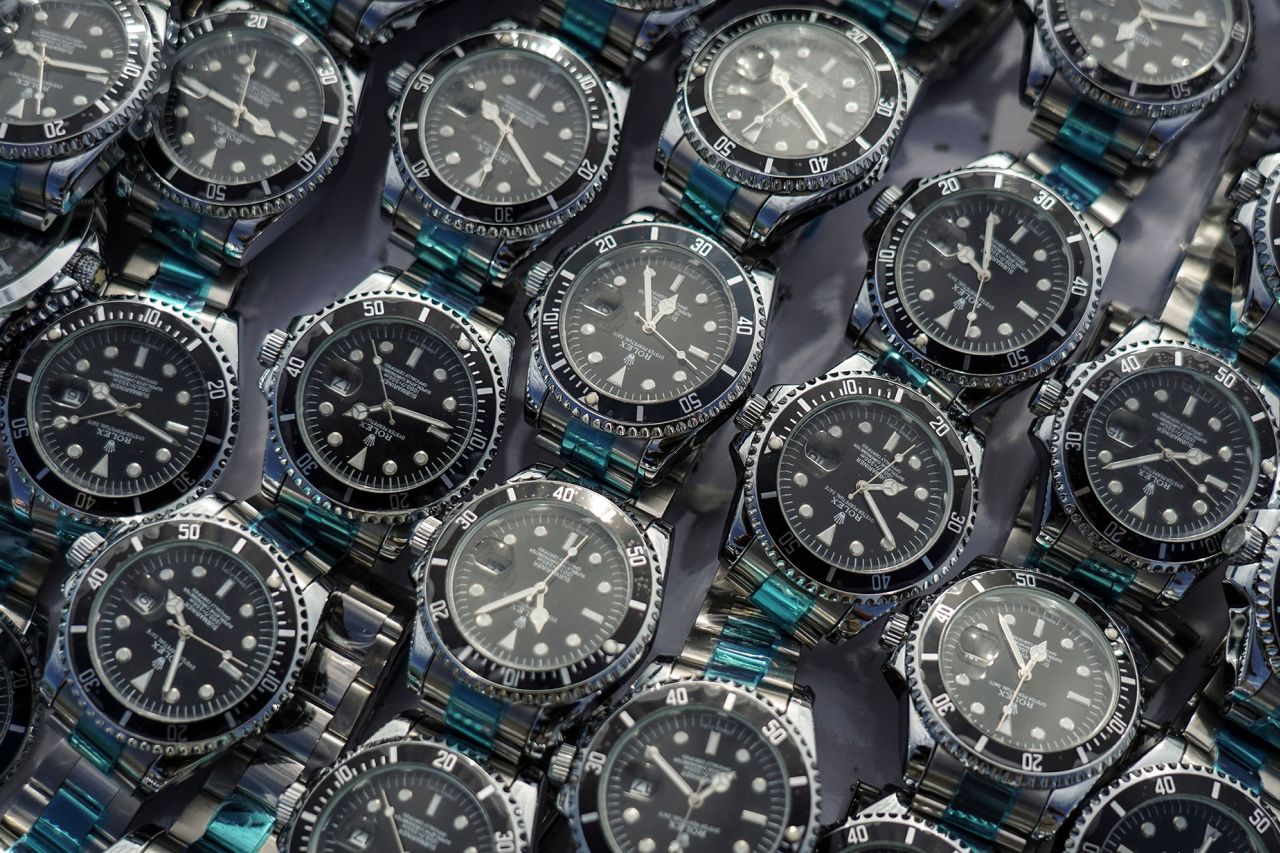



Technology such as digital IDs is not likely to be a panacea for the industry’s counterfeiting problem — consumers looking for illegal dupes will still seek them out, after all — but could provide another layer of security for real-deal buyers looking to quickly weed out fakes.
Experts agree that current AI models aren’t reliable enough on their own, particularly for items fresh off the runway that algorithms haven’t been trained on yet. Fashionphile, which says it receives around 700,000 bags a day, abandoned its own plans to utilize AI in 2017, finding that it wasn’t “good enough,” Davis explained, and have yet to commit to it again.
“We’re getting items every day that are from this season or last… there’s no data on that,” she said.
Scafidi believes that a “hybrid model” will always be necessary. “There will always be a need for human suspicion with regard to something that just isn’t quite right,” she said. At the same time, she added, “any human authenticator that ignores technology is working with one hand tied behind their back.”
She believes digital IDs are a promising anti-counterfeiting tool. But implementing them won’t come without its pain points: brands, consignment platforms and auction houses would all have to agree on the same authentication system for it to really work, or risk competing tools undercutting each other. Some, like Authentique, could upend the resale market: It gives brands ownership power over an ID, which would make it difficult for buyers to resell outside of the brand’s own secondhand shop. If resale platforms become a partner, brands could require a cut of future sales — though perhaps save on authentication expenses, as Lock pointed out.
And then there’s the time it takes to register products itself. More than 35 brands make up the members of the Aura Blockchain Consortium, who have added a combined 20 million digitized items to the blockchain since its founding in 2021, according to its recently appointed CEO Romain Carrere. But so far, there are only a handful of case studies where consumers can access the technology through a QR code, NFC chip or product “fingerprint.”
“We’re still at an early stage because the technology is still recent, but we are in many testing phases and with brands,” Carrere said in a phone call. “The difficult part is not just the technology it’s also the production.”
Overall, Scafidi sees a push to empower luxury consumers with more transparency about the products they buy, in order to naturally fold them into a system anti-counterfeiting checks.
“I think that we may get to the point where consumers are getting more sophisticated about the resale market — they will be more interested in using codes to track where their particular item has been, and every transaction in which it’s been engaged,” she said. “And for truly high-end items, like watches, when it’s been repaired and returned to the company — things that show the history of a particular product.”
As for convincing the buyers who’d rather find a cheaper dupe or a replica of an item, there’s still plenty of work to do, she added. “If brands can figure out a way to harness the loyalty of consumers, who engage in a degree of tribal affiliation around the brands they love, that’s what will win the day on the demand side.”
This post was originally published on this site be sure to check out more of their content.






